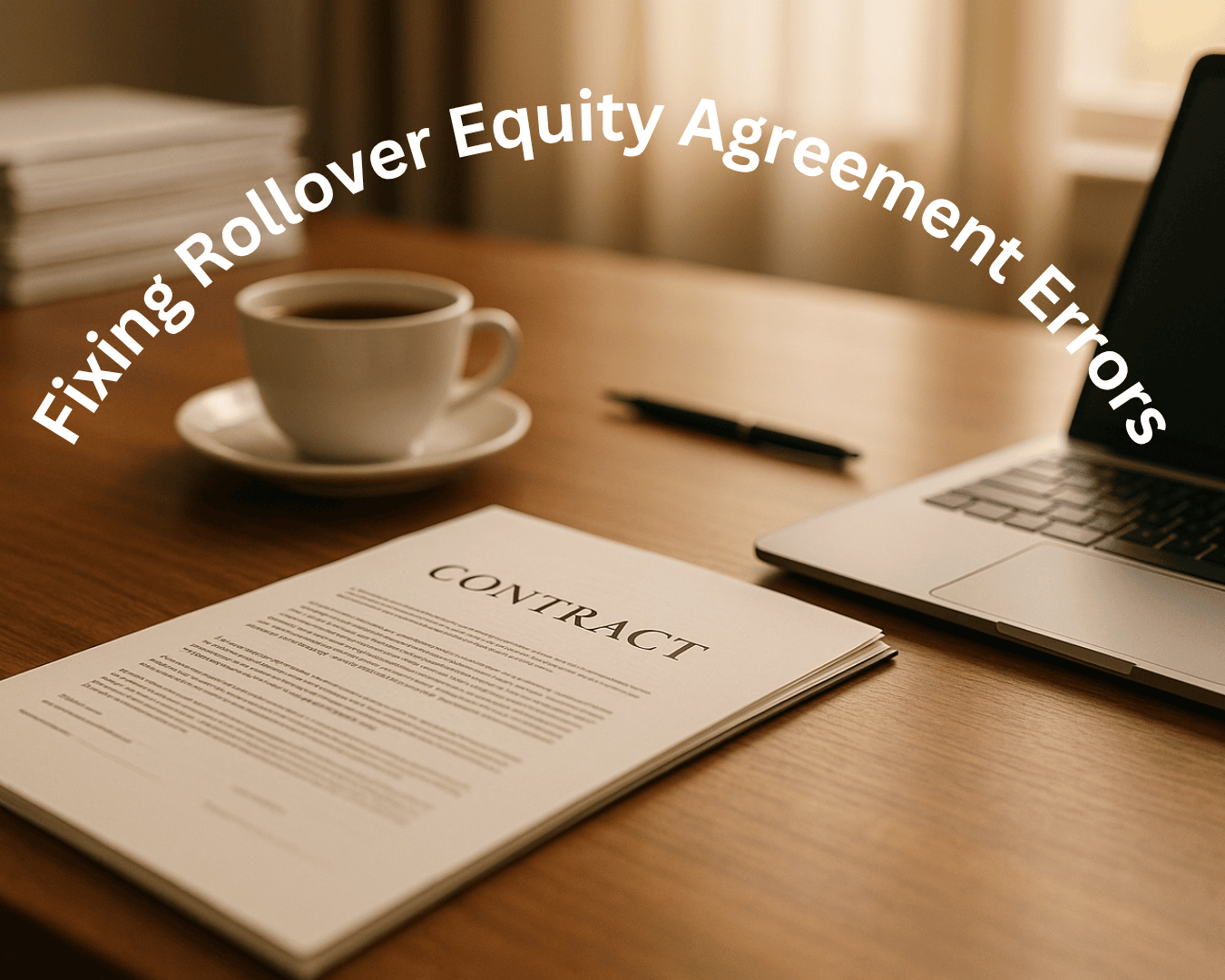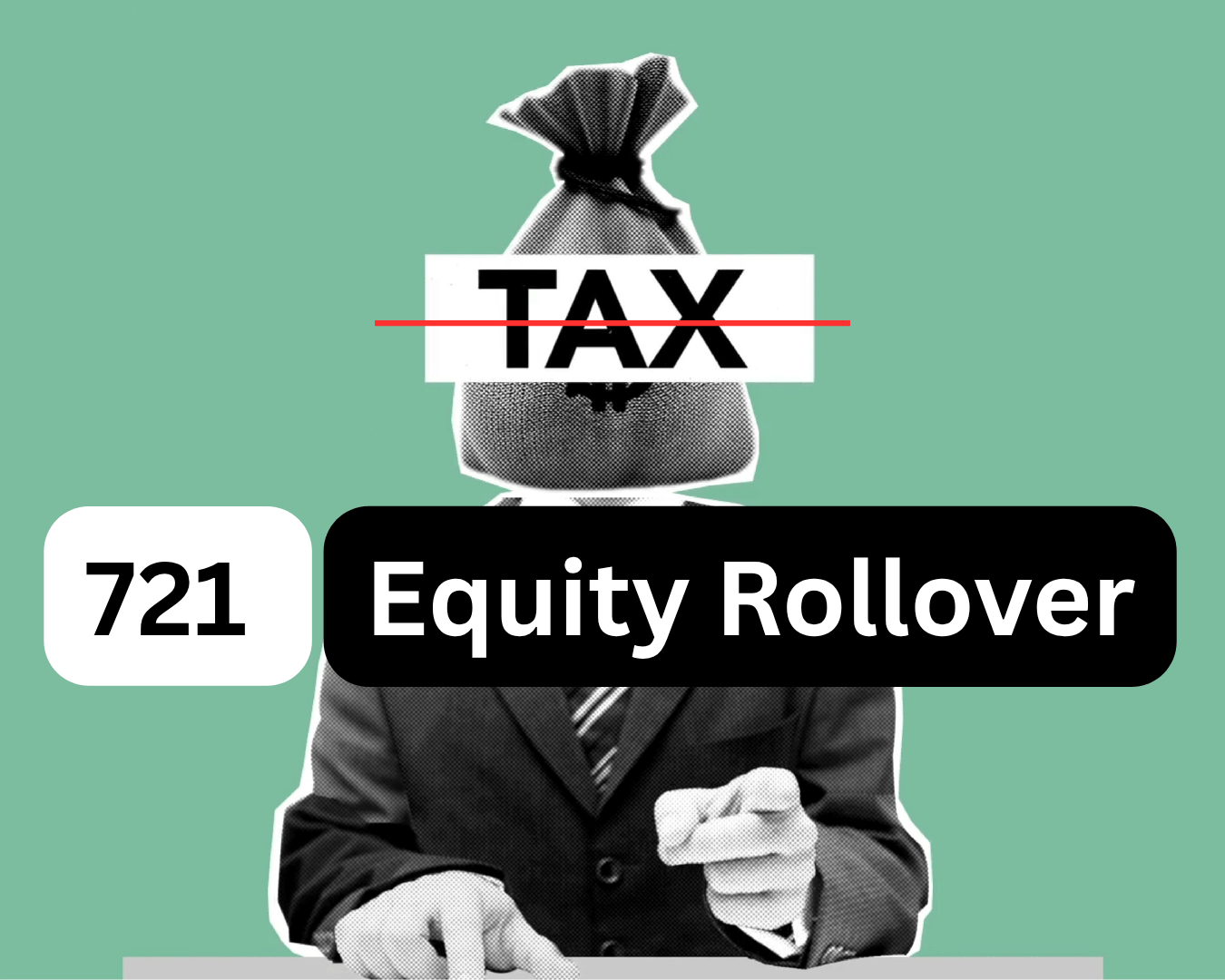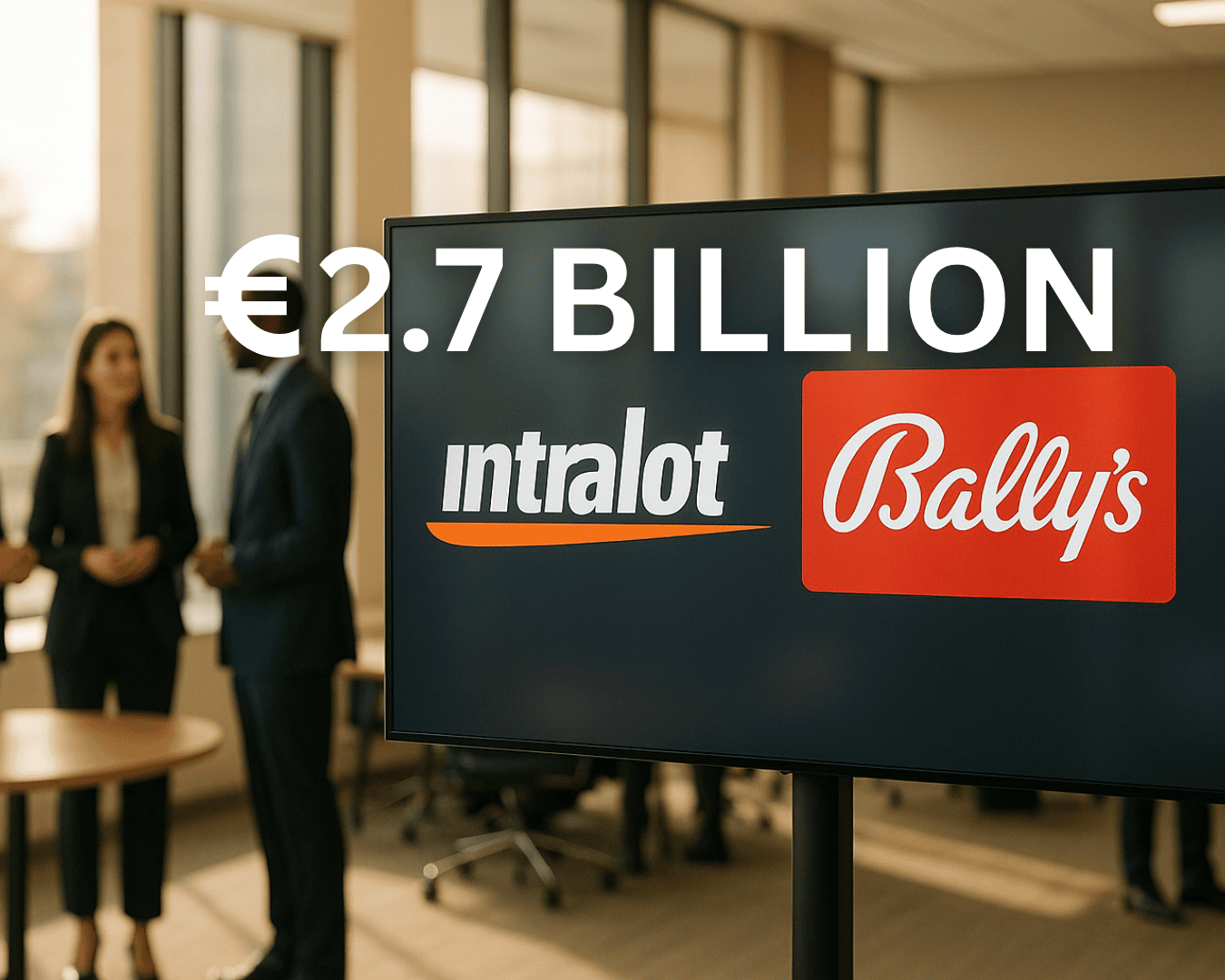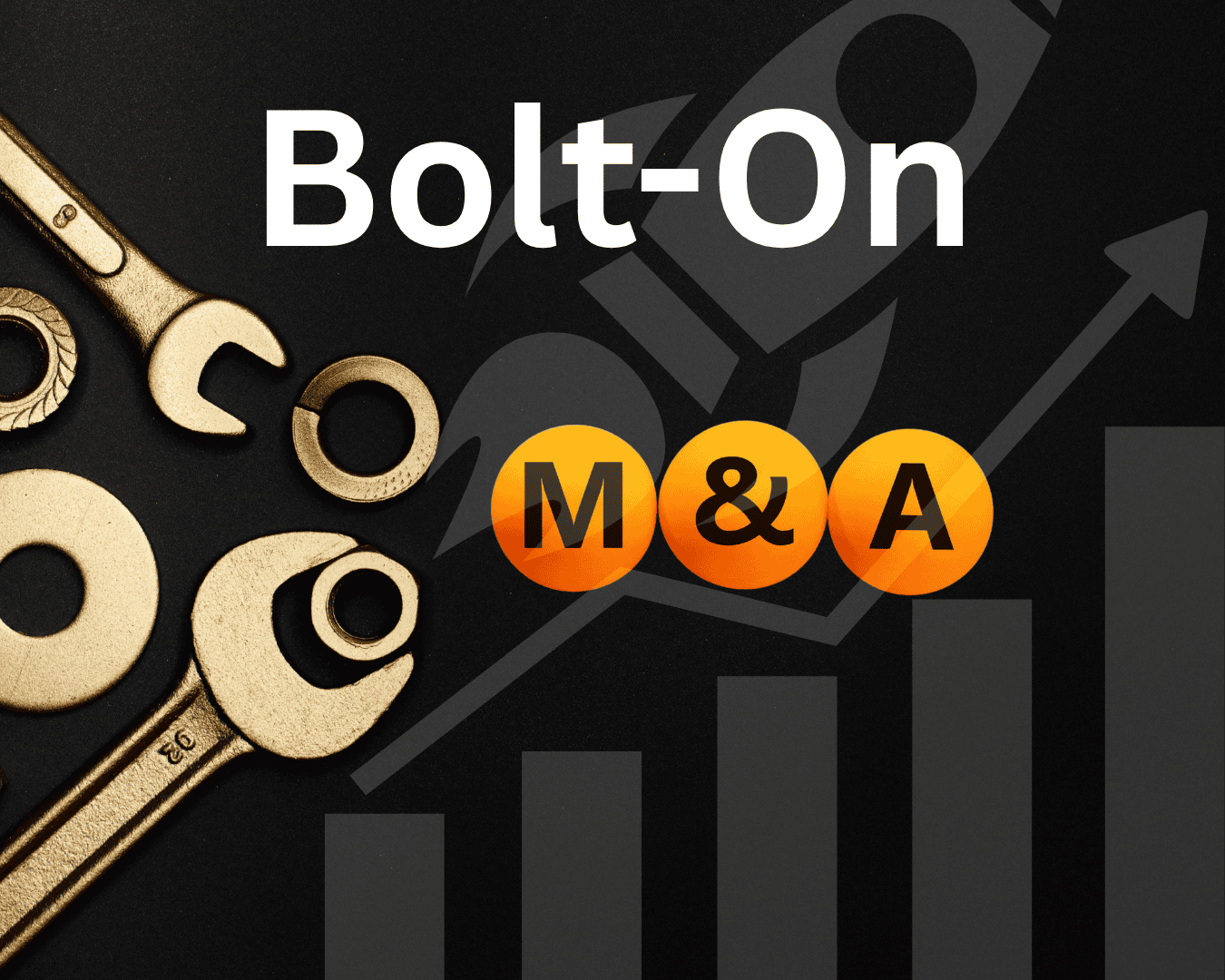Earnouts are a common tool in small and medium-sized business (SMB) acquisitions to resolve valuation disagreements between buyers and sellers. They allow part of the purchase price to be tied to the business's future performance, ensuring both parties share financial risk and reward. Here's what you need to know:
- How Earnouts Work: Buyers pay an upfront amount and defer the rest based on agreed performance metrics (e.g., revenue growth, EBITDA, or customer retention). Payments can be in lump sums or installments over 1–5 years.
- Why They’re Used: Buyers reduce upfront risk, and sellers can gain additional payouts if the business performs well. Earnouts align interests, especially when sellers stay involved post-sale.
- Key Components: Clear performance metrics, structured payment schedules, and defined timelines reduce disputes. Metrics must be measurable and tied to the business's strengths.
- Challenges: Disputes over metrics, payment timing, and operational control are common. Poorly drafted agreements can lead to conflicts or tax issues.
- Legal & Tax Considerations: Earnouts may be taxed as capital gains or ordinary income depending on their structure. Legal agreements must clearly define terms, dispute resolution, and reporting requirements.
Earnouts in M&A Explained – Real Life Examples and The Risks Involved
Key Components of Earnout Agreements
Crafting a solid earnout agreement requires paying close attention to its key elements. Each part needs to be clearly defined to minimize misunderstandings or disputes. The three main areas to focus on are performance metrics, payment structures, and the timeline.
Defining Performance Metrics
The backbone of any earnout agreement is the selection of appropriate performance metrics. Common benchmarks in small and medium-sized business (SMB) acquisitions include revenue, EBITDA, net income, and operational milestones like customer retention rates. The goal is to choose measurable, objective metrics that accurately reflect the business's value.
For instance, a SaaS company might prioritize metrics like monthly recurring revenue or customer retention, while a manufacturing business could focus on EBITDA or improvements in gross margin. The key is to select metrics that highlight the business's strengths and are resistant to manipulation.
Avoid vague terms like "substantial growth." Instead, be specific by setting clear targets, such as "a 15% year-over-year revenue increase". This level of precision reduces ambiguity and helps prevent disputes down the line.
When financial metrics like EBITDA are used, it’s critical to outline how these figures will be calculated. Specify what items are excluded, how extraordinary expenses are treated, and which accounting standards will be applied. In some cases, agreements may require third-party audits or joint financial reviews to ensure transparency and accuracy.
Non-financial metrics can also play a crucial role, especially for businesses where financial results alone don’t tell the whole story. Metrics like customer retention, market expansion, regulatory approvals, or successful product launches can provide a broader picture - particularly for early-stage businesses or those in regulated industries.
Once the metrics are defined, the next step is structuring payments to align with performance.
Payment Structures and Schedules
Earnout payments are typically made either as a lump sum or in installments, with installments being the more common choice in SMB transactions. Spreading payments over time reduces risk for buyers and keeps sellers motivated throughout the earnout period. Payments are usually made annually or quarterly, based on performance results.
Incorporating caps and floors is a smart way to manage risk. Caps set an upper limit on the payout, protecting buyers from overpaying if performance exceeds expectations. Floors, on the other hand, guarantee sellers a minimum payment, ensuring they receive some compensation even if targets aren’t fully met.
| Payment Structure | Benefits for Buyers | Benefits for Sellers |
|---|---|---|
| Installments | Reduces financial risk over time | Provides steady motivation and cash flow |
| Caps | Limits maximum payout exposure | Offers clear upside potential |
| Floors | Protects against underperformance | Ensures minimum compensation |
More frequent payments, such as quarterly installments, can keep sellers engaged and allow for regular performance reviews. However, these come with added administrative complexity.
In most SMB earnouts, 10% to 50% of the purchase price is deferred, with higher-risk deals leaning toward a 25% deferral.
With performance metrics and payment structures in place, the final step is setting a realistic timeline for the earnout.
Duration and Timeline of Earnouts
Earnout periods generally range from one to five years after the acquisition, with most SMB deals spanning two to three years. The ideal timeline depends on factors like how long it will take to achieve the performance targets, the business cycle in the industry, and the level of uncertainty about future results.
Shorter earnout periods work well for businesses with predictable cash flows or when performance metrics can be reached quickly. These shorter timelines also reduce the risk of disputes and limit the period during which the buyer and seller remain financially tied. On the other hand, businesses with longer sales cycles or delayed revenue recognition may need extended earnout periods to allow enough time to demonstrate their potential.
The timeline should also consider the seller’s role post-acquisition. If the seller remains actively involved in the business, a longer earnout period might be appropriate to fully account for their contributions. However, if the seller exits immediately after the sale, a shorter timeline is usually more practical.
Industry-specific factors also play a role. For example, a retail business might see measurable results within a year, while a B2B software company may need three years to prove customer retention and market growth. Manufacturing businesses often fall somewhere in between, depending on factors like customer contracts and production cycles.
Platforms like Clearly Acquired (https://clearlyacquired.com) offer AI-powered tools and resources to help buyers and sellers model earnout scenarios, define clear metrics, and manage documentation. These tools simplify the process of creating fair agreements and tracking performance, especially in Main Street and lower mid-market transactions.
Benefits and Challenges of Earnouts
Earnouts can be a double-edged sword in small and medium-sized business (SMB) acquisitions. While they offer opportunities to align interests and close valuation gaps, they also come with risks that require careful consideration by both buyers and sellers.
Pros of Using Earnouts
Earnouts shine when buyers and sellers can't agree on a business's value. If a seller anticipates rapid growth but the buyer is hesitant, tying part of the purchase price to post-sale performance can help bridge the gap. This approach ensures that sellers are rewarded for the company's future success while protecting buyers from overpaying upfront.
For buyers, earnouts reduce initial financial exposure. By deferring 10%–50% of the purchase price, buyers can preserve cash flow and minimize risk if the business underperforms after the sale.
Sellers, on the other hand, can benefit from the potential for a larger total payout if the business hits agreed-upon targets. This can be particularly appealing for sellers who believe in their company’s growth trajectory, even if buyers remain cautious.
Another advantage of earnouts is that they encourage sellers to stay engaged post-acquisition. By tying compensation to performance, sellers are motivated to contribute to the business’s success during the transition period. Additionally, earnouts are highly customizable - metrics like revenue growth, customer retention, or other operational goals can be tailored to fit the specific strengths of the business.
While these benefits are compelling, earnouts come with their own set of challenges.
Challenges and Risks of Earnouts
Earnouts often bring complexity and potential conflict. One of the most common issues is disputes over performance metrics. Terms like EBITDA or extraordinary expenses can be open to interpretation, leading to disagreements about whether targets have been achieved.
For buyers, there’s the risk of having to make significant future payments if the business performs better than expected. Sellers, meanwhile, face uncertainty about when and how much they’ll ultimately be paid.
Negotiating and drafting earnout agreements can also be a drawn-out process. These agreements require precise terms, detailed calculations, and dispute resolution clauses, which often mean higher legal fees and longer negotiations.
There’s also the risk of bad behavior. Sellers may worry that buyers will underinvest or alter operations to avoid triggering earnout payments. Conversely, buyers may fear that sellers will prioritize short-term goals over long-term stability to meet performance targets.
| Benefit | Challenge |
|---|---|
| Bridges valuation disagreements | Disputes over metric definitions |
| Reduces upfront cost for buyers | Potential cash flow disruptions |
| Motivates seller involvement | Lengthy and costly negotiations |
| Customizable to business needs | Risk of manipulation or mismanagement |
| Potential for higher seller payouts | Uncertainty about payment timing |
Earnouts can also strain relationships between buyers and sellers. Since collaboration is often essential during the earnout period, differing priorities or misunderstandings can lead to tension. Clear communication and transparent reporting are critical to maintaining trust and keeping the deal on track.
Control issues can further complicate the arrangement, especially when sellers remain involved but buyers hold operational authority. Disagreements over strategic decisions or daily management can affect both business performance and the achievement of earnout goals.
Navigating these complexities requires careful planning and precise structuring. Tools like Clearly Acquired (https://clearlyacquired.com) offer resources to help buyers and sellers design, monitor, and manage earnout agreements effectively, making them more approachable for smaller-scale transactions.
sbb-itb-a3ef7c1
Legal and Tax Implications of Earnouts
When it comes to earnouts, legal and tax planning plays a critical role in ensuring these agreements are both enforceable and beneficial for all parties involved. For buyers and sellers in SMB acquisitions, understanding these implications can influence the total transaction cost, how payments are structured, and how they are reported. Missteps in structuring can lead to unexpected tax liabilities, compliance headaches, or even legal disputes.
Taxation of Earnouts
The tax treatment of earnout payments largely depends on how they’re structured. Sellers, in particular, need to know whether these payments will be taxed as capital gains or ordinary income. If the earnout is tied to the purchase price and contingent on future performance, it typically qualifies for capital gains treatment, which often comes with lower tax rates. However, if the earnout is linked to the seller's continued employment or services, the IRS may classify it as ordinary income, subjecting it to higher tax rates and payroll taxes.
Take this example: A seller receives $500,000 upfront and has the potential to earn an additional $200,000 over three years if specific revenue goals are met. If this earnout is structured as part of the purchase price, both amounts can be reported as capital gains. But if the additional $200,000 is tied to the seller’s ongoing work with the company, it might be taxed as ordinary income, and payroll taxes could also apply.
For buyers, whether earnout payments are deductible depends on how they’re classified. Both parties must adhere to IRS reporting rules, and state tax treatment may vary, making it essential to consult with tax professionals to navigate local regulations.
With the IRS paying closer attention to earnout classifications in recent years, having clear documentation and working with experienced tax advisors is crucial. Proper planning can help secure favorable tax treatment while ensuring compliance.
Key Legal Clauses in Earnout Agreements
A well-drafted earnout agreement is built on a solid legal foundation. These agreements include key clauses aimed at minimizing disputes and protecting the interests of both buyers and sellers. They provide clarity on expectations and establish remedies for resolving disagreements.
One of the most important provisions is dispute resolution mechanisms. These typically outline whether arbitration or mediation will be used to handle conflicts and detail the process for selecting neutral third parties. In some cases, agreements also allow for independent audits or expert determinations to resolve disagreements over financial results or performance metrics.
Clearly defining performance metrics is another essential element. Instead of vague terms like "substantial growth", agreements should include measurable targets, such as "15% year-over-year revenue increase." These metrics should be detailed in the Share Purchase Agreement (SPA), specifying the calculation methods, timelines, accounting standards, and any other relevant performance indicators.
To ensure transparency, include provisions for audit rights and regular reporting throughout the earnout period. These clauses usually define the timing, scope, and cost allocation for audits.
Other common clauses include non-compete agreements, which prevent sellers from launching competing businesses, and confidentiality requirements to safeguard sensitive information during the seller’s continued involvement. Additionally, covenants can restrict certain business decisions - such as changes to accounting policies or major expenditures - that might manipulate earnout metrics.
When earnout agreements are poorly drafted, they expose both parties to significant risks. Ambiguities in performance metrics can lead to disputes, while missing clauses might result in unintended tax consequences or even litigation. To avoid these pitfalls, it’s essential to work with experienced M&A attorneys who can craft agreements that protect everyone’s interests.
Platforms like Clearly Acquired (https://clearlyacquired.com) can simplify these legal and tax processes, offering tools to create a solid earnout framework. A well-structured agreement ensures that both parties are safeguarded and aligned on expectations.
Strategies for Successfully Implementing Earnouts
Implementing an earnout successfully hinges on thorough planning, precise negotiations, and ongoing management.
Negotiating Earnout Terms
The backbone of a successful earnout is setting clear, measurable targets that leave no room for misinterpretation. Instead of vague goals, agreements should specify objectives like achieving a 15% year-over-year revenue growth.
When determining these performance targets, both buyers and sellers need to dig into historical financial data, compare industry benchmarks, and set realistic growth expectations. Payment structures should be equally well-defined, outlining whether payments will be made in lump sums or installments, the timing of each payment, and the course of action if targets are only partially met. To balance risks, many agreements include caps to limit the buyer’s financial exposure and floors to ensure sellers receive a minimum payment even if performance slightly lags behind expectations.
Typically, earnout periods span one to five years, with two to three years being the norm for small and medium-sized business acquisitions. Shorter timeframes reduce uncertainty but might not fully reflect the impact of new growth efforts. On the other hand, longer periods increase exposure to external factors that could affect performance.
To avoid disputes down the line, it’s smart to include resolution clauses during negotiations. These clauses should specify how conflicts will be handled - whether through mediation, arbitration, or expert determination - and outline the process for selecting neutral third parties.
Once the terms are agreed upon, the focus shifts to tracking performance and maintaining open communication.
Performance Tracking and Communication
Tracking performance effectively starts with using real-time reporting systems and, when necessary, third-party audits to ensure objectivity.
Regular communication plays an equally important role. Successful earnout agreements often include scheduled monthly or quarterly check-ins where both parties review performance metrics, address challenges, and align on upcoming initiatives. These meetings should follow a structured agenda that covers progress against targets, any extraordinary events affecting results, and plans for the next period.
Transparency is key to building trust. Both parties should agree upfront on how financial reports will be formatted and how often they’ll be shared, ensuring everyone has access to the same data. Automated reporting systems can simplify this process by generating standardized reports that are delivered to both parties simultaneously, cutting down on administrative work while ensuring consistency.
Tools like Clearly Acquired (https://clearlyacquired.com) can streamline communication and documentation. These platforms centralize performance metrics, store important documents, and maintain an audit trail of all earnout-related communications, making it easier to stay organized throughout the process.
Even with strong tracking and communication systems in place, it’s wise to prepare for potential conflicts by having clear resolution processes ready.
Resolving Earnout Disputes
Despite careful planning, disputes can still arise during the earnout period. Common issues include disagreements over how metrics are defined, how calculations are performed, or how post-acquisition changes - like new investments, cost-cutting measures, or shifts in accounting policies - affect performance.
The best way to prevent disputes is by using clear, objective formulas to calculate performance. These formulas should account for potential complications, such as seasonal fluctuations, one-time expenses, or extraordinary events that could distort results. For instance, if the earnout is tied to EBITDA, the agreement should spell out which expenses are included or excluded and how unusual items, like unrelated legal fees, will be handled.
If disputes do arise, having a prearranged resolution process can keep conflicts from escalating. Mediation is often the first step, but if that fails, arbitration or expert determination can provide a binding, cost-effective solution.
Third-party expert determination is especially helpful for technical disputes over financial calculations. In this process, both parties present their cases to an independent expert - such as a CPA or valuation specialist - who makes a binding decision based on the terms of the agreement.
The key to resolving disputes is addressing them quickly, before positions harden. Regular communication and transparent reporting can help spot potential issues early, making them easier to resolve informally. Well-crafted earnout agreements also include mechanisms to adjust for unforeseen circumstances that significantly impact business performance through no fault of either party.
Conclusion
Earnouts serve as a practical way to bridge valuation gaps and manage risk in small and medium business (SMB) acquisitions. Their success hinges on setting clear, measurable performance goals and aligning expectations with historical data and market conditions.
Maintaining open and transparent communication throughout the earnout period - often lasting one to five years - is critical. Regular quarterly updates, standardized reporting systems, and the sharing of financial data foster trust between parties. When both sides stay informed about their responsibilities and keep thorough documentation, the likelihood of achieving mutually beneficial outcomes increases. This level of transparency lays the groundwork for smoother collaboration.
Specialized platforms now make managing earnouts more efficient. In mid-market deals, where earnouts can account for as much as 25% of the purchase price, their popularity underscores their ability to create balanced agreements. Sellers benefit from the chance to earn additional payouts tied to future performance, while buyers reduce upfront risks and secure the seller's involvement during key transition phases.
For those navigating SMB acquisitions with earnouts, tools like Clearly Acquired (https://clearlyacquired.com) simplify the process. The platform offers AI-powered deal management, secure data rooms for tracking performance, and expert advisory services to guide you through the complexities of structuring and negotiating earnouts. With access to over 100,000 verified listings and a network of 500+ lenders, Clearly Acquired provides the resources needed to make informed decisions and execute successful agreements.
Ultimately, the foundation of a successful earnout lies in precise planning and ongoing transparency. By turning potential disagreements into opportunities for collaboration, earnouts can pave the way for shared growth and long-term success in SMB acquisitions.
FAQs
How do earnouts help bridge valuation gaps in small business acquisitions?
Earnouts are a practical way to bridge valuation gaps during acquisitions. They tie part of the purchase price to the business's future performance, such as hitting specific revenue, profit, or growth milestones. This setup allows sellers to benefit if the business thrives after the sale, while buyers reduce their risk by basing payments on actual outcomes rather than optimistic projections.
For instance, if a seller is confident in the business's potential for rapid growth but the buyer has doubts, an earnout can be designed to include additional payments if certain performance goals are met. This approach aligns both parties' interests and fosters trust throughout the transaction.
What challenges can arise with earnouts in SMB acquisitions, and how can they be addressed?
When it comes to earnouts in small and medium-sized business (SMB) acquisitions, challenges often crop up. Common issues include misaligned expectations, trouble tracking performance metrics, and disputes over whether targets have been met. If not handled carefully, these problems can create headaches for both buyers and sellers.
The best way to tackle these hurdles? Start with a well-thought-out agreement. This means outlining performance metrics that are not only clear but also realistic and measurable. Keeping communication open and consistent between both parties can go a long way in ensuring transparency and building trust. And don’t forget to bring in seasoned legal and financial advisors - they can help design earnout terms that are fair and reduce the chances of conflict down the road.
What should I consider legally and tax-wise when setting up an earnout agreement?
When putting together an earnout agreement, it’s crucial to tackle both legal and tax aspects upfront to avoid hiccups and keep the transaction running smoothly. From a legal standpoint, the agreement should spell out key details like performance metrics, payment schedules, dispute resolution methods, and termination conditions. This level of clarity helps prevent misunderstandings or conflicts later.
On the tax front, earnouts are typically considered part of the purchase price. This classification impacts how they’re taxed - whether as capital gains or ordinary income - depending on how the agreement is structured. Factors like the timing of payments and valuation methods also influence the tax obligations for both buyers and sellers.
To navigate these complexities, it’s wise to work with seasoned legal and tax experts who understand small and mid-sized business (SMB) acquisitions. With the right planning, you can ensure the agreement aligns with tax rules and minimizes risks for everyone involved.






















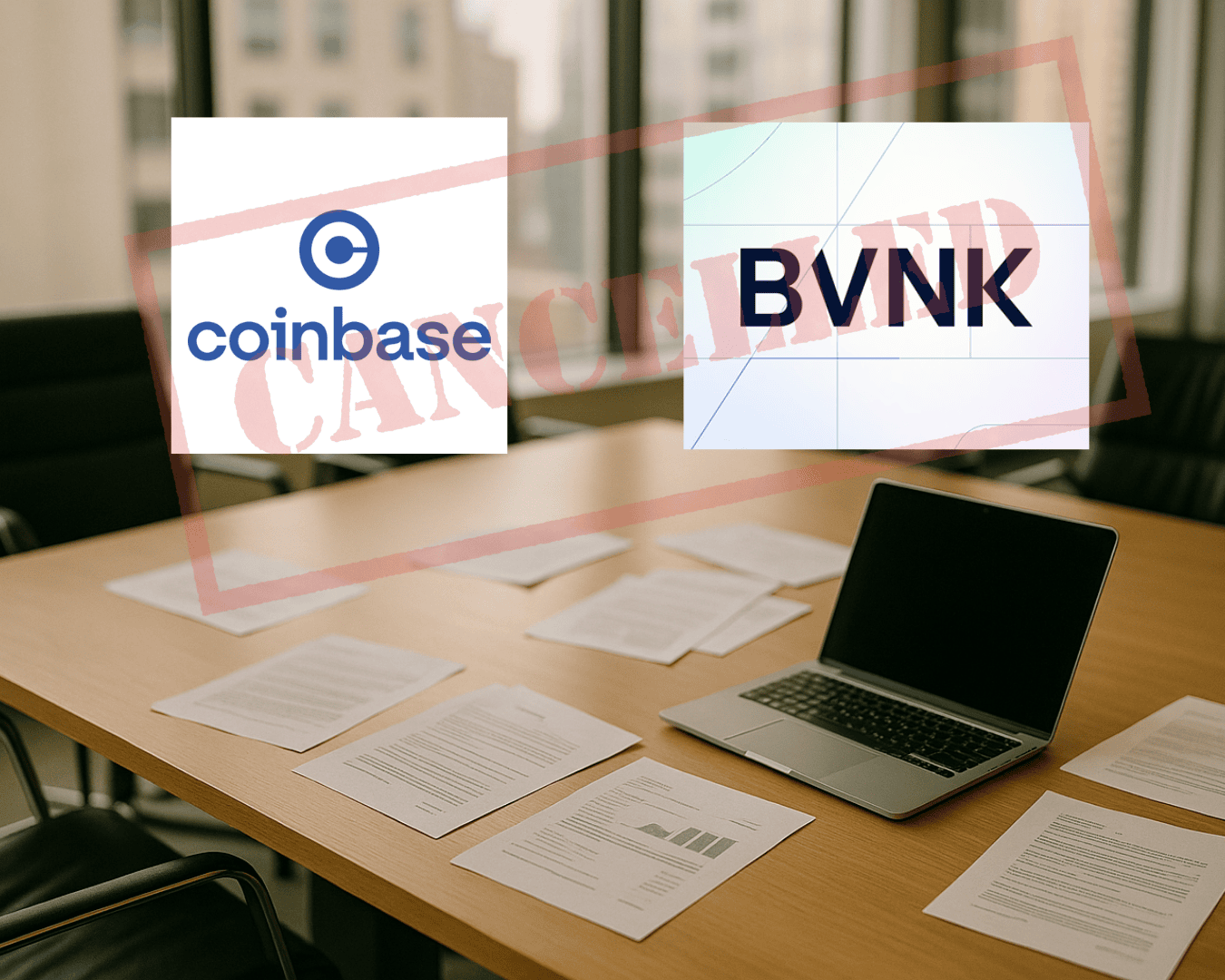









.png)




























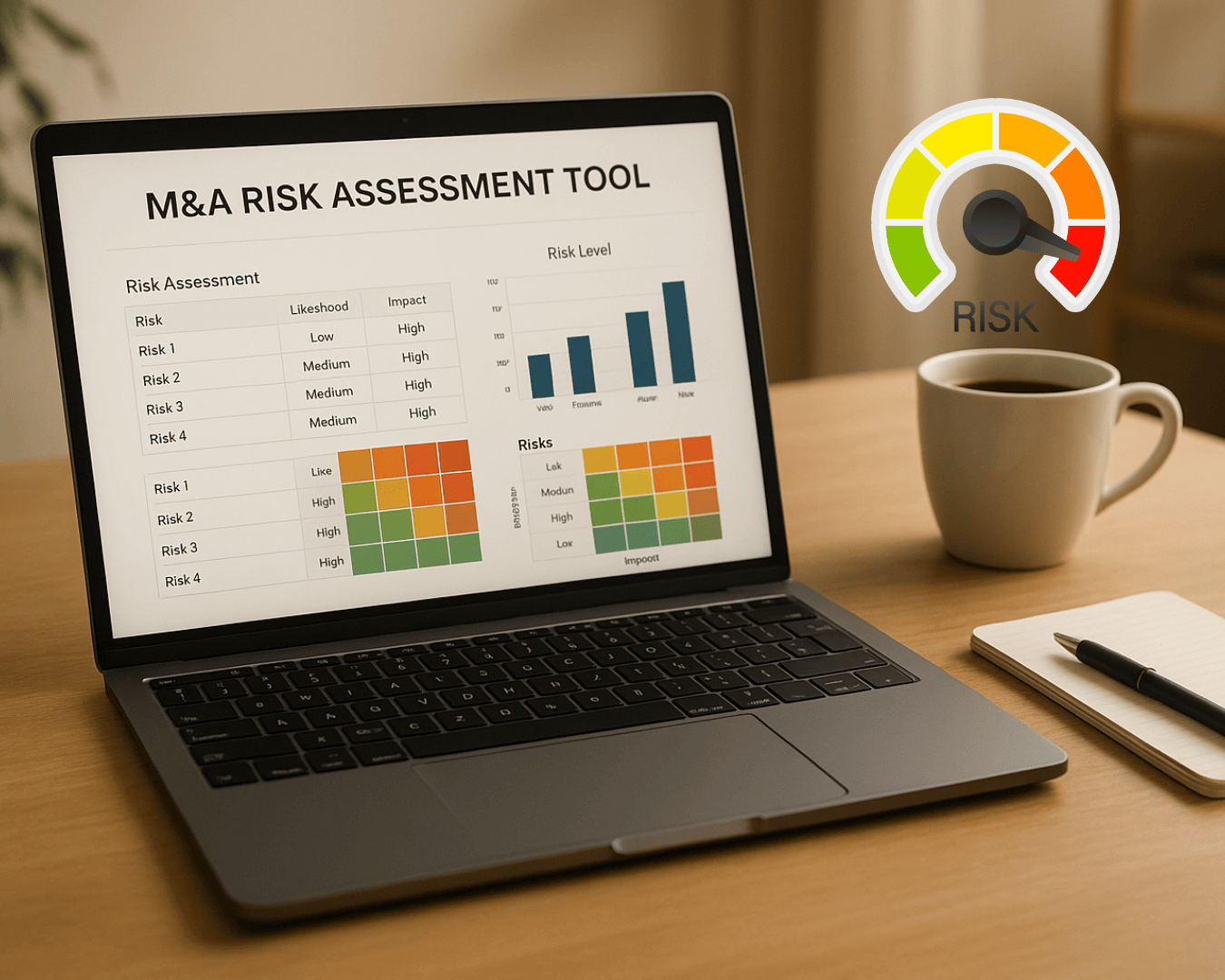


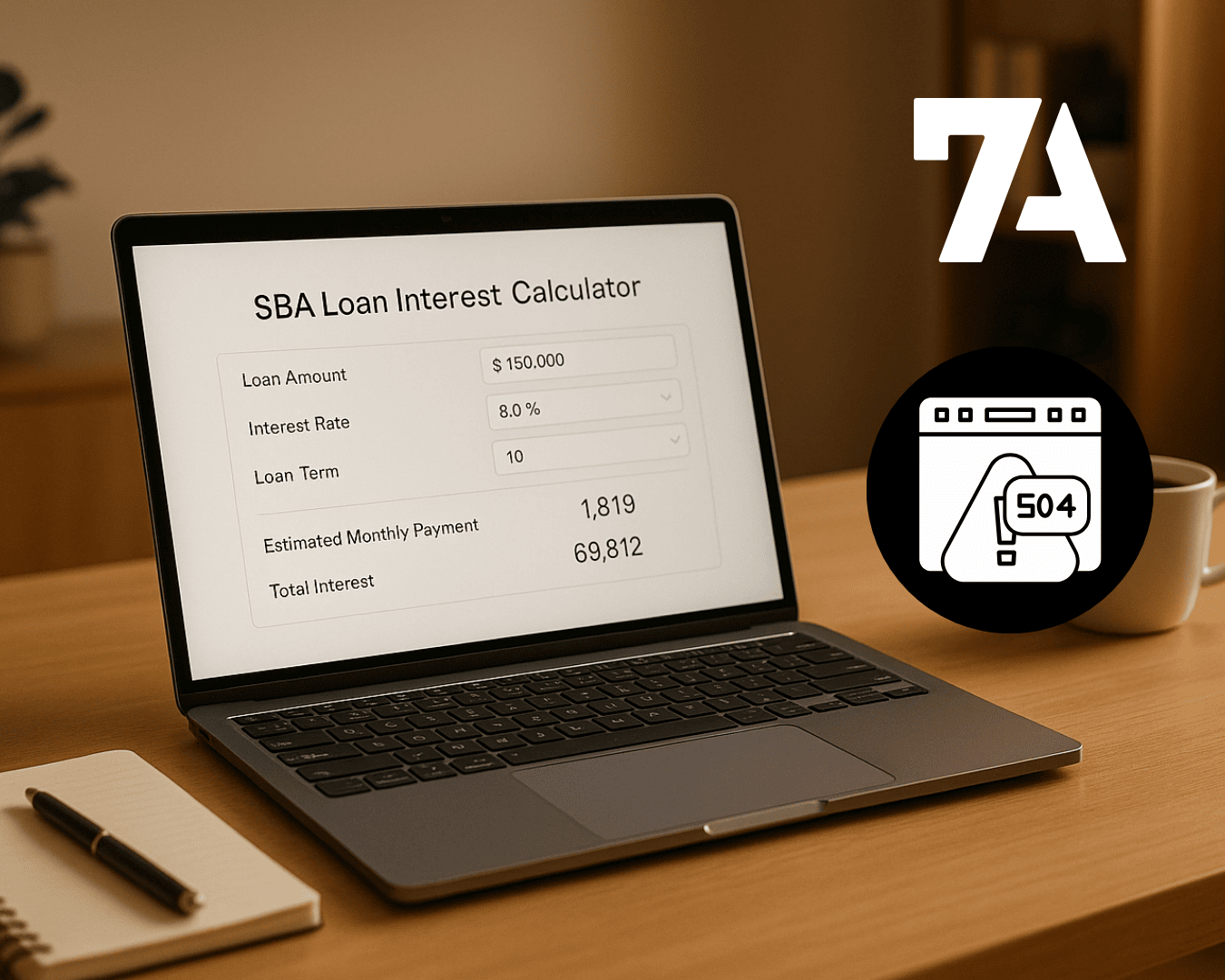








%20Loan%20Application%20Checklist.png)
